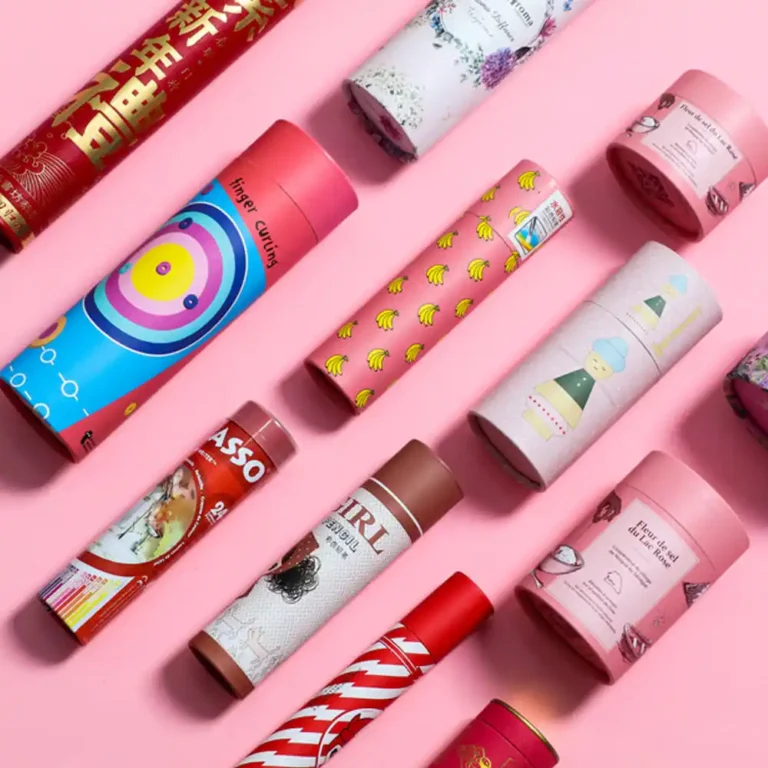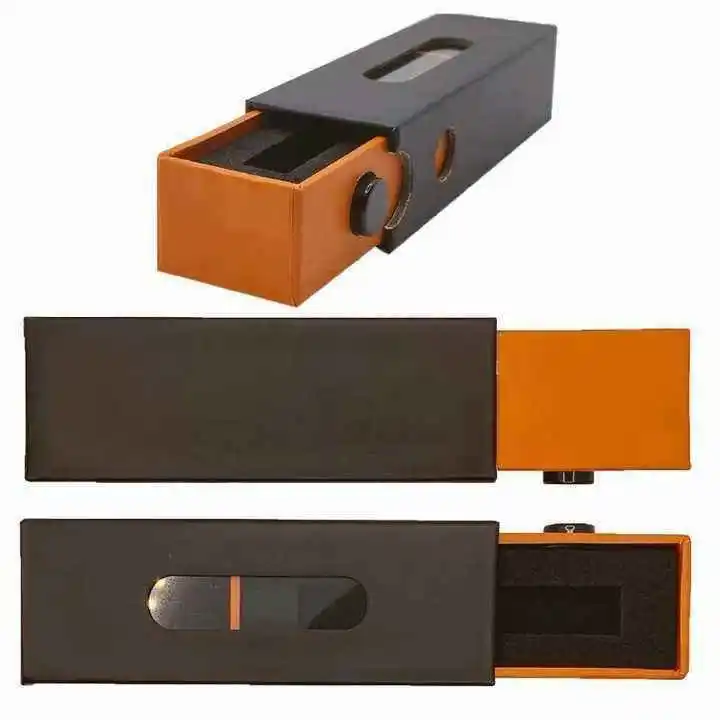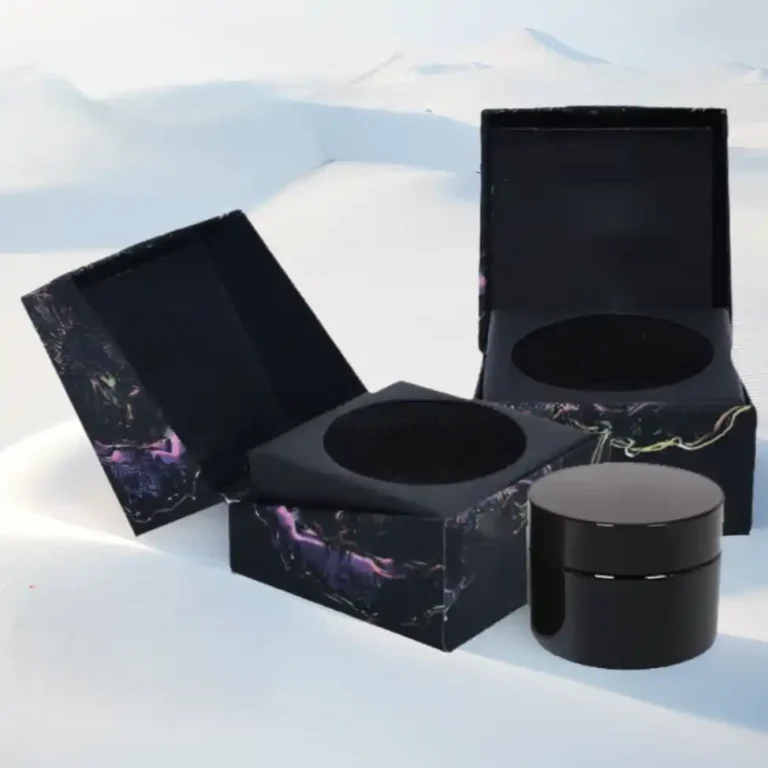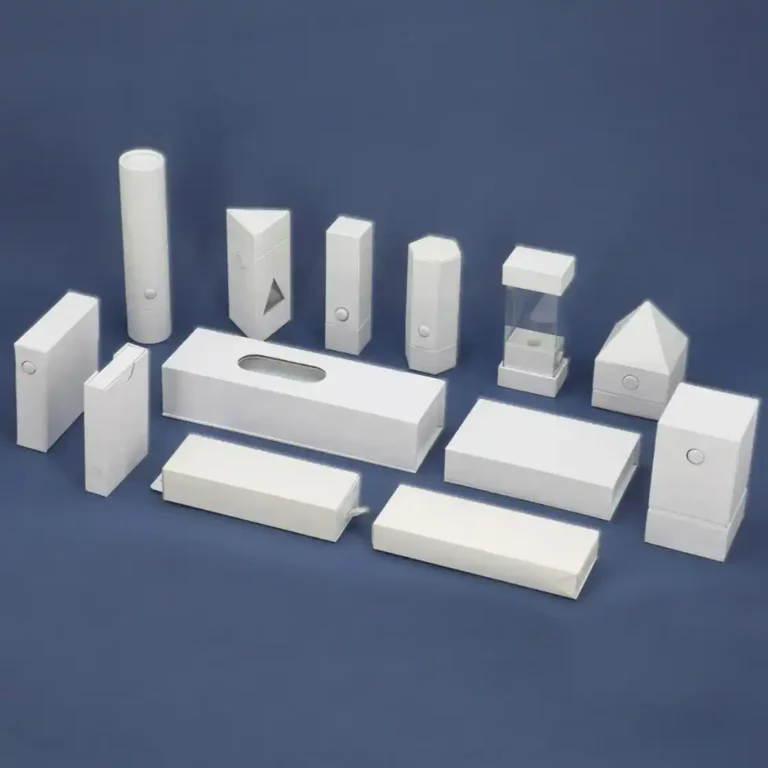Folding Gift Box: Decoding The Structural Revolution And New Consumption Paradigm Of The Packaging Industry
Abstract
Folding gift boxes aren’t just clever space savers—they’re a structural reset for how brands make, move, and narrate products. This article decodes why collapsible construction is winning in sustainability, why flexible lines are outpacing batch manufacturing, how tactile finishes and modular inserts turn unboxing into a memory, why packaging is fast becoming a digital interface, and how policy pressure is transforming compliance into strategy. Along the way, you’ll find practical checklists and production cues you can apply today.
Table of Contents
1. The environmental revolution of folding genes: breaking the ecological paradox of the packaging industry
Lifecycle design for lower impact
Start at the source: fiber grade, lamination choice, and board caliper. Optimizing these inputs reduces raw material intensity while maintaining compression and edge crush performance. Collapsible structures cut transport volume, enabling fewer trips and lighter pallets.
Logistics efficiency through flat-pack density
The core advantage of folding is cubic efficiency. Flat-packed sets maximize container utilization and reduce backhaul waste. Brands that transition SKUs from rigid set-up to collapsible gift boxes typically see measurable reductions in warehouse touches and dunnage.
Recyclability without design compromise
Sustainable doesn’t have to look plain. Use mono-material wraps, water-based coatings, and removable magnets or tabs for easy material separation. Explore premium looks with textured papers and subtle foils—see applications in paper gift boxes that balance aesthetics and recovery.
Proven formats to explore
When you’re ready to validate, benchmark real samples such as the gold-foil magnetic folding gift box for apparel or the foldable matte white magnetic closure gift box. Test them against your drop, vibration, and climate profiles.
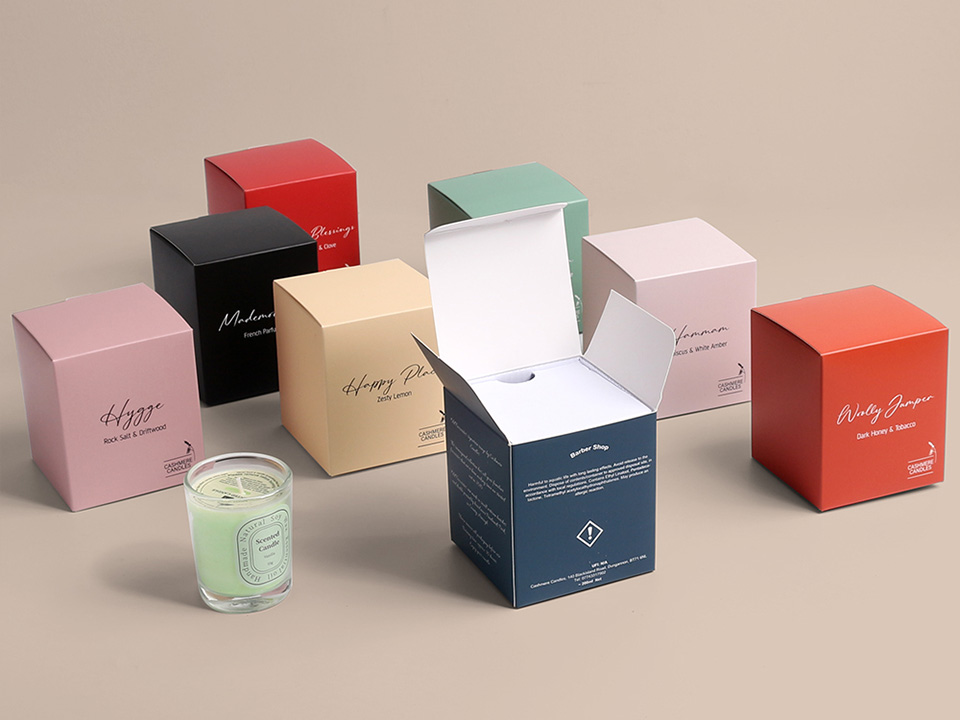
2. Efficiency transition of the production chain: from scale manufacturing to flexible intelligent manufacturing
From batch to agile runs
Modern packaging lines can pivot quickly between SKUs with digital proofing and modular jigs. Folding formats align well with short runs, promotional editions, and seasonal spikes.
Tooling and make-ready simplification
By standardizing core dielines and only swapping sleeves, ribbons, or inserts, brands shorten make-ready and stabilize quality. See how standardized formats appear in folding cartons to scale variant launches without heavy changeovers.
Supply chain orchestration
Flat-pack inventory supports just-in-time assembly near the point of fill. Some brands pre-glue and ship flat, then erect and insert locally to match demand curves. This reduces obsolescence risk when artwork or claims change late.
Real-world exemplars
Look at premium implementations like luxury folding magnetic gift boxes with spot UV that combine agile finishing with stable cores, keeping lead times predictable.
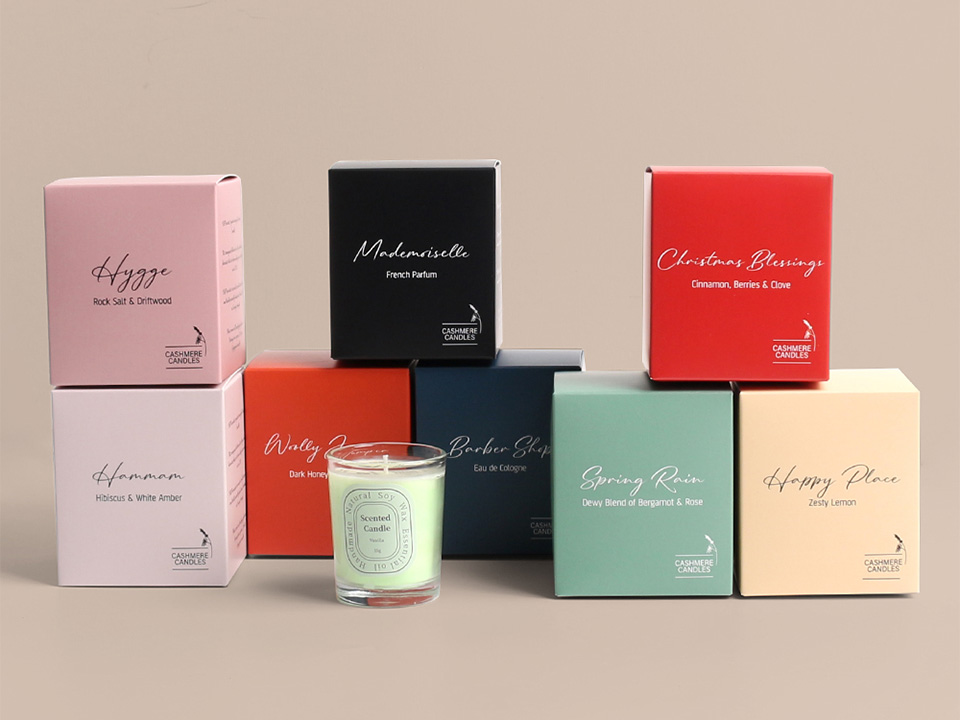
3. Reconstruction of consumer experience: from functional carrier to emotional medium
Sensory cues that signal value
Texture, opening torque, magnetic tactility, and reveal choreography drive perceived quality. A well-tuned hinge or ribbon pull can anchor brand memory as effectively as a headline campaign.
Modular storytelling with inserts
Swappable trays, bands, and tiers let you tell different stories with the same outer frame—limited editions, influencer kits, or VIP sets. The luxury collapsible magnetic gift box with silk handle shows how structure and handle architecture elevate carry and gifting rituals.
Giftability and sharing moments
Unboxing has become a social object. Use inner prints, soft-touch laminations, and discreet foil accents to prompt photos. Collapsible structures keep the keepsake value while limiting storage pain.
Category-specific finesse
Large-format apparel or bridal SKUs benefit from reinforced spines and clever closures—see the custom foldable magnetic paper gift box for wedding dress for scale, protection, and ceremony.
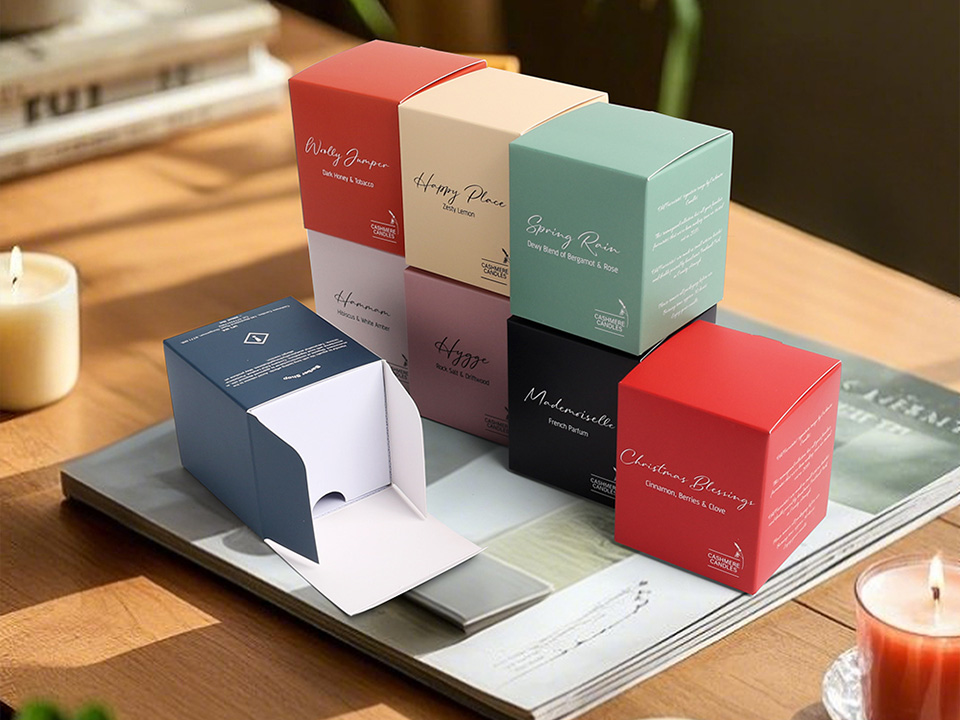
4. Intelligent evolution of technology integration: packaging is the interface
Connected packaging and post-purchase loops
QR and NFC shift packaging from static to service. Customers scan to access care guides, loyalty bonuses, or refill flows. Collapsible formats make it easy to hide codes inside panels until the reveal.
Data-ready templates
Keep clear zones in dielines for scannables and serialization. Consistent placement improves scan success and analytics quality across campaigns.
Prototyping with video and light
Even video-enabled kits have traveled into gifting. Structural precision ensures electronics and screens sit flush. For inspiration on tech-forward brand theatre, browse premium build levels across our products.
5. Policy-driven industrial reconstruction: from compliance costs to strategic assets
Anticipating regulations
Producer responsibility, labeling rules, and recyclability standards are tightening worldwide. Folding gift boxes help brands respond by reducing materials and simplifying end-of-life paths.
Building a compliance-first spec library
Create a library of pre-approved structures—magnet-free options, mono-material versions, tab-lock alternatives—so marketing can move fast without re-lawyering every launch.
Strategic sourcing and vendor consolidation
Partners who can deliver structural engineering, finishing breadth, and reliable QA across regions de-risk operations. Explore capabilities starting from the homepage and category depth in paper gift boxes.
Market access through design
Retailers increasingly favor space-efficient, damage-resistant packaging. Collapsible formats reduce shelf prep time and back-room footprint, smoothing compliance at scale. See lifestyle and luxury use cases like the luxury magnetic rigid paper gift box for LED lighting kit where structure and protection work together.
Summary
The folding gift box is more than a neat trick. It’s a systems upgrade: lower material intensity, flatter logistics, faster launches, richer unboxing, smarter interfaces, and a cleaner path through regulation. Treat structure as strategy—lock in a core kit of collapsible formats, align suppliers on agile workflows, and choreograph the consumer journey from the first touch to the last. When design, operations, and policy sit at one table, packaging stops being a cost center and starts compounding brand value.






